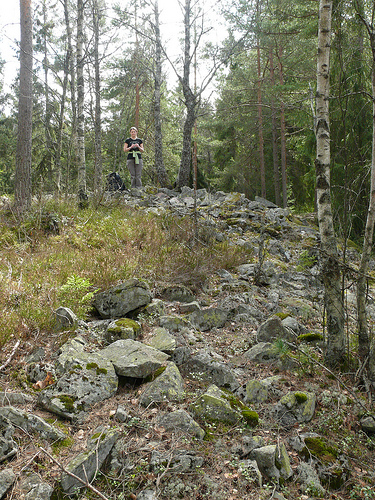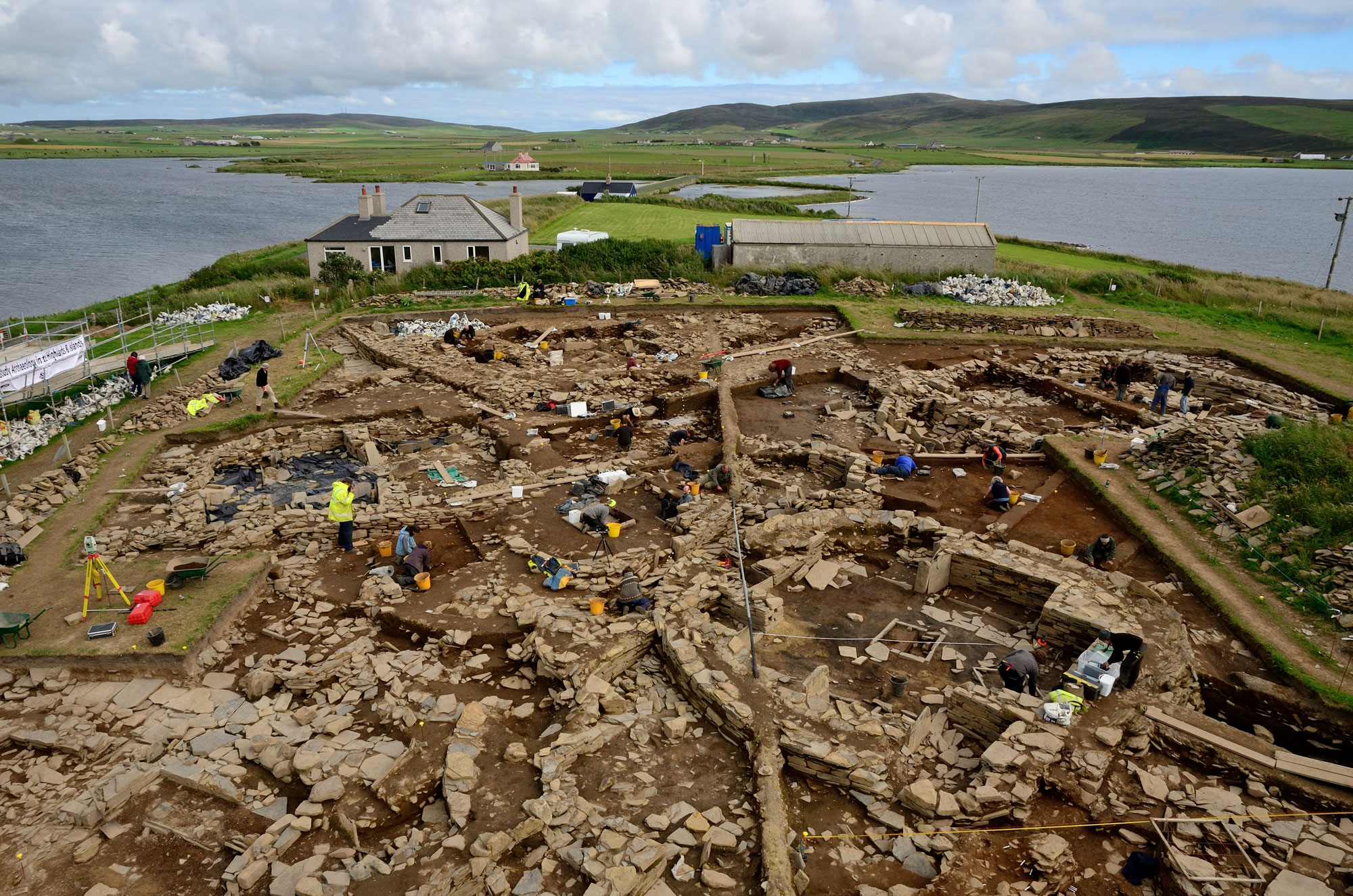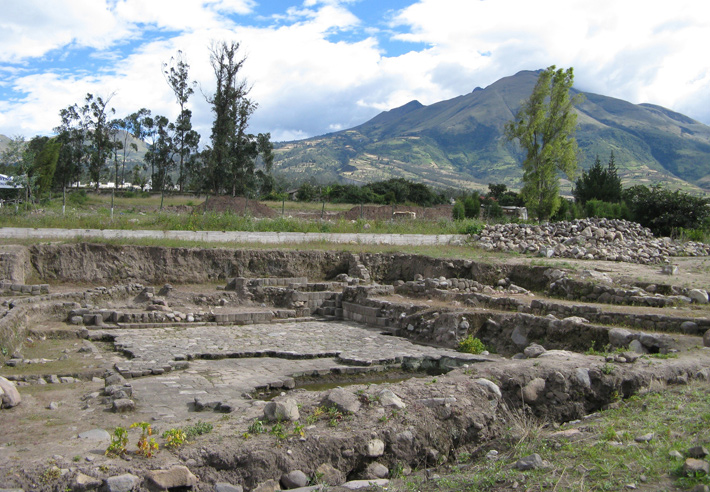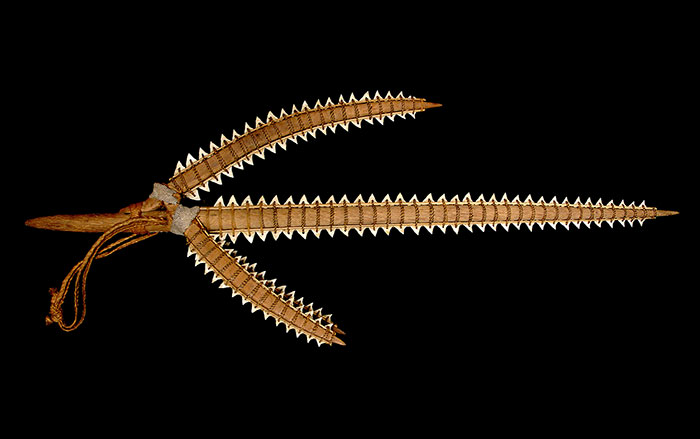
TRONDHEIM, NORWAY—At the height of its power, the Roman Empire's influence was felt as far away as Iron Age Norway, where warriors followed idealized Roman tactics and squared off in battlefields. Now Norwegian University of Science and Technology archaeologist Ingrid Ystgaard has found that after Rome's influence vanished around 500 A.D. the nature of warfare changed drastically. Petty warlords built small stone fortifications on hilltops and axes began to appear in warrior's graves. "If you stop staging large battles in the field, but try and take out the boss where he can be found, in a raid on his home, then you need an axe," says Ystgaard. "This is a completely different principle for warfare. It was kind of a free-for-all." Around 600 A.D., stone fortifications began to fall into disuse, which Ystgaard thinks means the smaller warlords were being extinguished, and power was concentrating in the hands of a few major chieftains.









